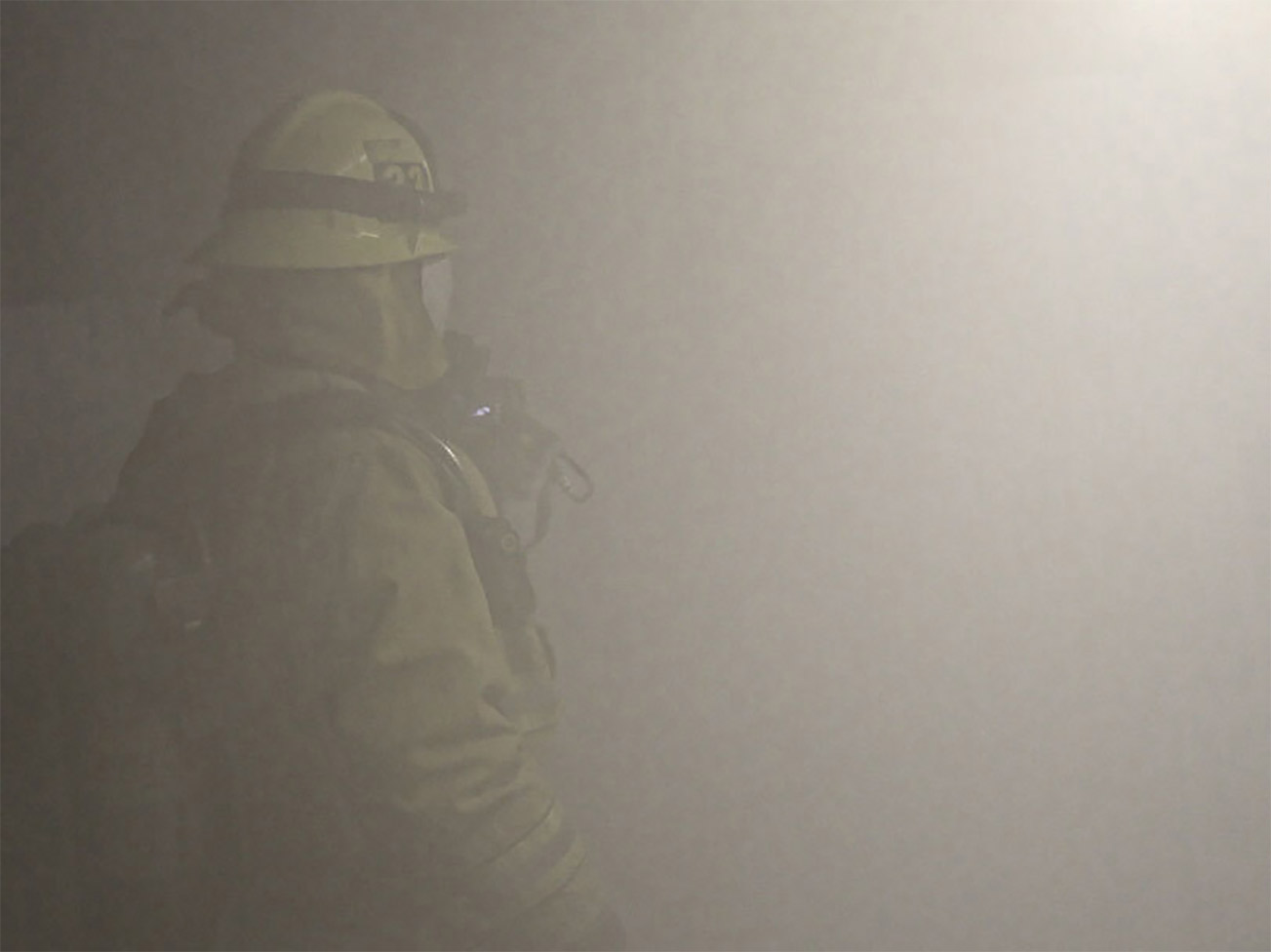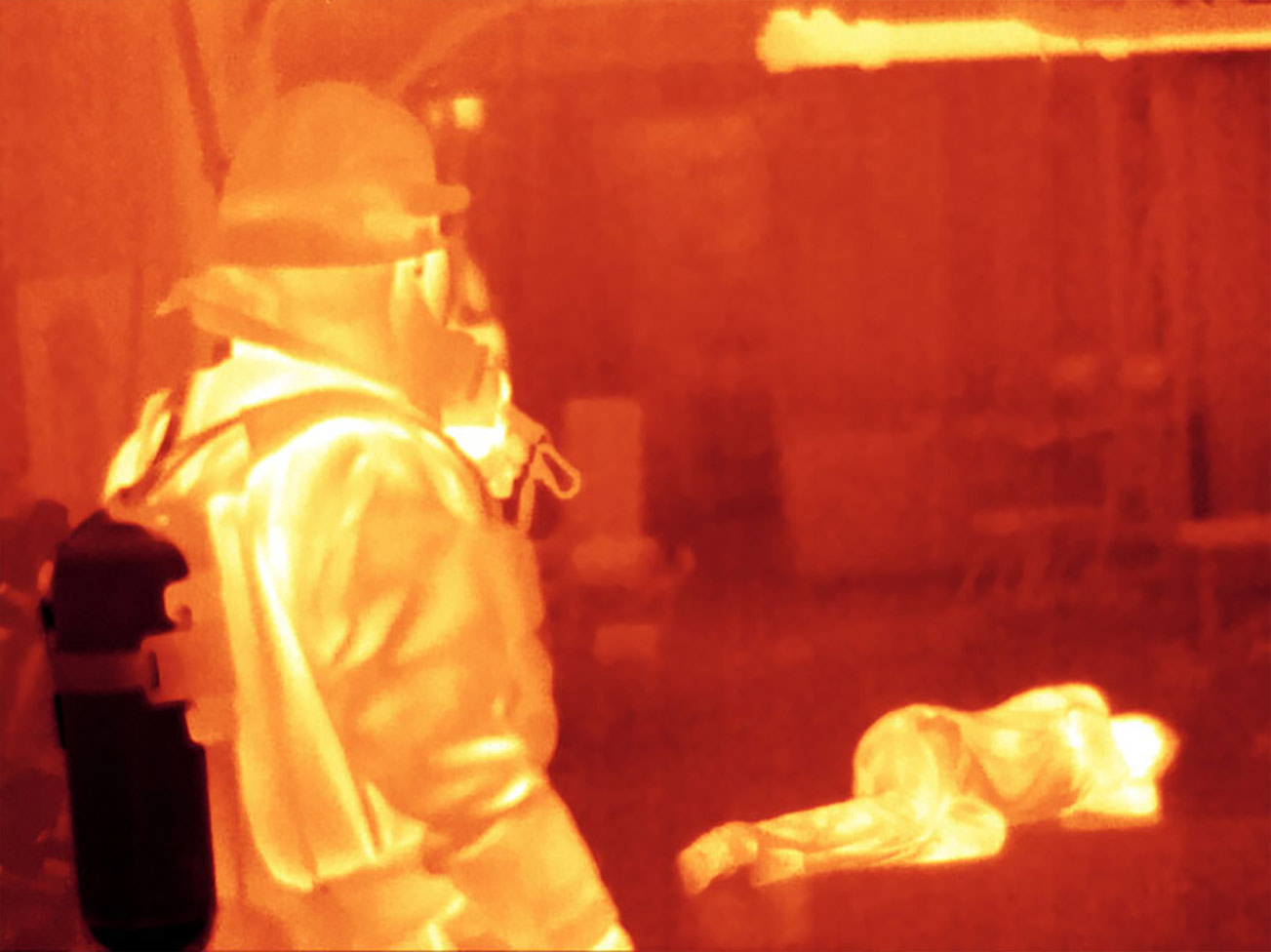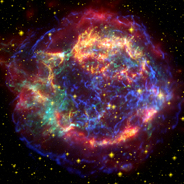A Story Of Forms of Light: Seeing Through Smoke
Our eyes are unable to detect all forms of light.
Human eyes have evolved to detect the rainbow of colors that make up visible light. Some objects, like stars and light bulbs, emit their own light. Other matter, like plants and animals, can be detected because they reflect visible light from other sources.
Visible light is only one form of light. There are other types of electromagnetic radiation that human eyes cannot see. Objects that do not give off their own visible light (and are therefore invisible to our eyes in the dark) can glow in other wavelengths, like infrared or ultraviolet. The entire range of light, from radio waves to gamma rays, is known as the electromagnetic spectrum.
Here, a firefighter stands in a room filled with smoke, which obscures what can be seen in visible light. However, when we switch to an infrared light view, it is possible to see through the smoke. Human eyes can’t see infrared light without the assistance of tools, like a specialized camera, but we can feel it as heat. And since wavelengths of infrared light are longer than those of visible light, they pass through the smoke, which is why they provide a clear view of the setting.
Quick Facts: Seeing Through Smoke
Also known as:
Electromagnetic radiation
Type:
Infrared and visible light
Size:
We can describe light waves in terms of wavelength, or distance from one wave peak to the next. Visible light waves are shorter than infrared light waves.
Did you know:
All forms of light travel at the same speed (the speed of light) through a vacuum, but they carry different amounts of energy. Radio waves are the lowest energy. Gamma rays are the highest.
Credits: Seeing Through Smoke
Visible light image: NASA, IPAC, Pasadena Fire Department
Infrared light image: NASA, IPAC, Pasadena Fire Department
Produced by the Space Telescope Science Institute’s Office of Public Outreach





